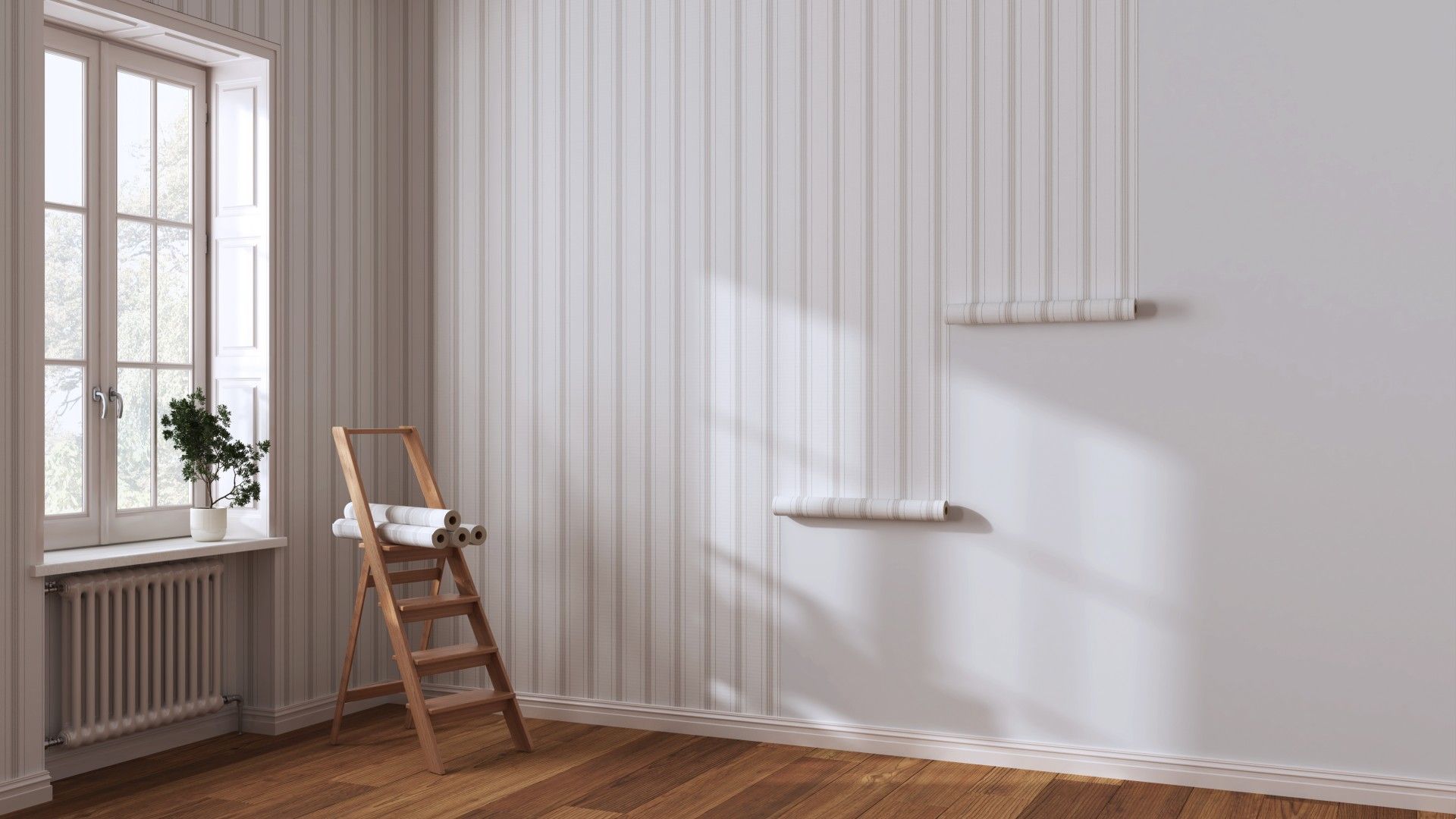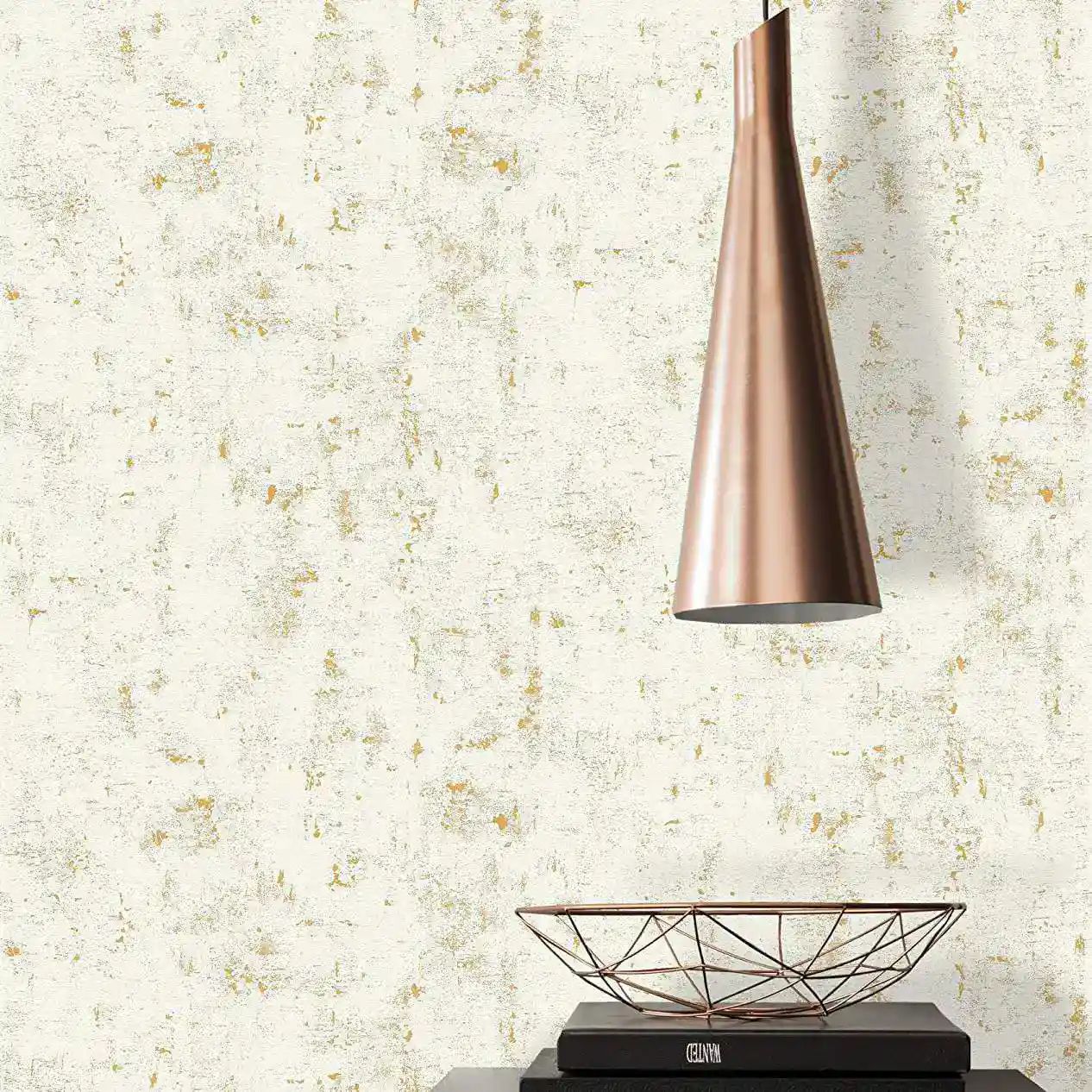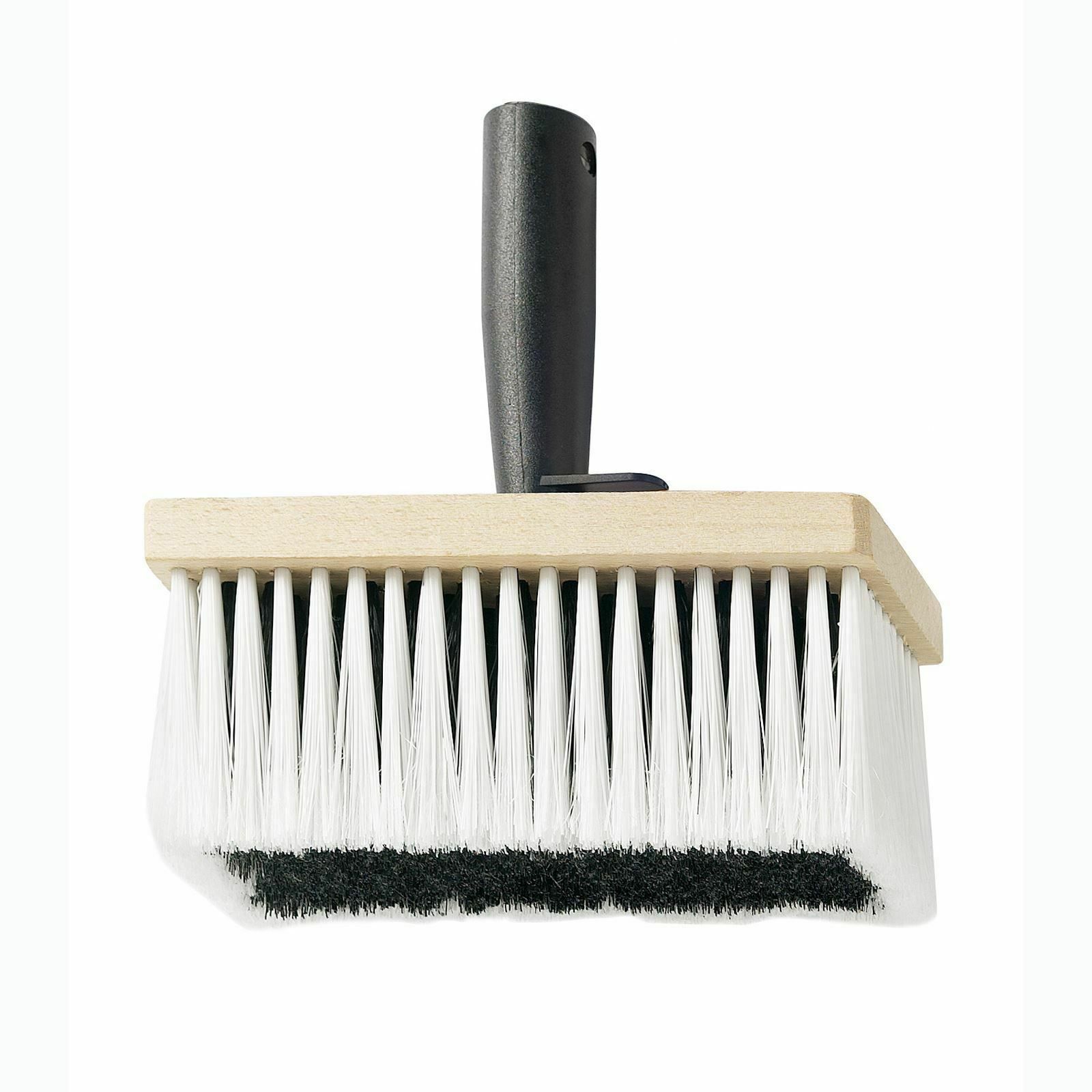When faced with cracks and imperfections, lining paper is a home decorator’s best friend. Here’s why it’s worth taking the time to implement this extra step.

Contrary to popular belief, wallpapering is no walk in the park. It requires skill, attention to detail, and proper technique. Whether you’re planning on revamping your entire house or giving a disused room a little TLC, you’ll likely find yourself faced with the age-old question, ‘to line or not to line’?
Whilst lining paper is by no means ‘essential’, taking the time to implement this extra step can lead to impressive results.
Below, we’ll discuss the ins and outs of lining paper, its benefits and proper application.
What Is Lining Paper?
Let’s start with the basics. As the name quite appropriately suggests, lining paper is designed to act as a base layer, applied to walls before your main wallpaper or paint. Unlike regular wallpaper, lining paper does not tend to feature patterns or colours, rather it provides a consistent textured foundation, upon which aesthetic designs can be placed.
Whereas traditional lining paper featured a basic soak-on paper construction, high-quality, modern lining paper usually features a blend of textile fibres and durable paper. This hybrid blend not only reinforces cracks and imperfections, but also offers much greater resistance to shrinkage and expansion.
When Is Lining Paper Used?
It may help to think of lining paper in a similar vein to paint primer in the sense that its primary purpose is making sure the wall is in an appropriate condition to decorate upon. Whether you intend to apply paint or wallpaper, high quality lining paper could be the difference between good, and great results.
In an ideal world, walls would be in pristine condition when it comes to decorating them, but this is rarely the case. Older homes in particular are often riddled with blemishes, cracks, peeling paint and signs of ageing. Lining paper exists as a remedy for these imperfections, creating a blank canvas, so to speak, on which you can work some real magic.
As touched upon earlier, the necessity of lining paper is often contested. Whether or not you ‘need’ to use it will depend on a number of factors. Namely, the condition of your walls and the technicality of the decorating that lies ahead.
How Does Lining Paper Help When Wallpapering?
The benefits of lining paper are reasonably self explanatory; it masks imperfections and creates a smooth canvas on which to decorate. However, these are far from its only uses. Thanks to its blended construction and textured surface, modern lining paper has exceptional adhesive properties. In other words, it is ideal for pasting on almost every type of wall.
In addition to its structural and aesthetic benefits, lining paper presents an often overlooked advantage: energy efficiency. Owing to its thickness and texture, utilising lining paper can improve the insulative properties of a room or building. While this may not be the main reason for investing in a lining paper, it’s certainly a bonus.
How Is Lining Paper Hung?
As far as the application and hanging of lining paper is concerned, the process is not dissimilar to that of regular wallpaper.
Preparation, as always, is key.
- Begin by removing any old wallpaper, nails, or screws and dusting off any debris.
- Then, wash the walls with a mild soap or detergent, ensuring they're free from grease or dirt. Where necessary, fill any holes or cracks with wall filler before sanding the area to ensure it's smooth and even with the rest of the wall.
- Once your wall is prepped and your lining paper is cut to size, it’s time to paste. For modern paste-the-wall lining paper, apply a paste layer directly to the clean, dry, surface.
- Now begin smoothing your paper, top to bottom. Be sure to address any air bubbles or imperfections as and when they arise with a roller. It’s much harder to rectify these once the adhesive is dry.
- Finally, for instances that require multiple lengths of lining paper, ensure that seams are tight, without overlapping. Use a seam roller to gently press and seal the seams.
Of course, to achieve great results, you need great supplies. Get in touch with us today, to discuss our fabulous range of designer wallpapers, lining and accessories.


